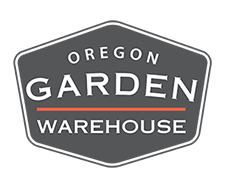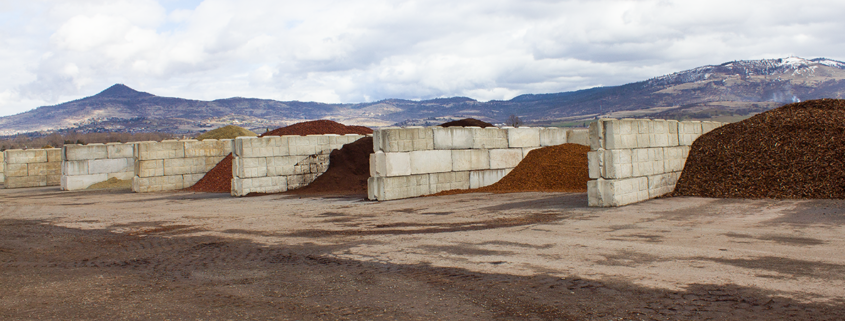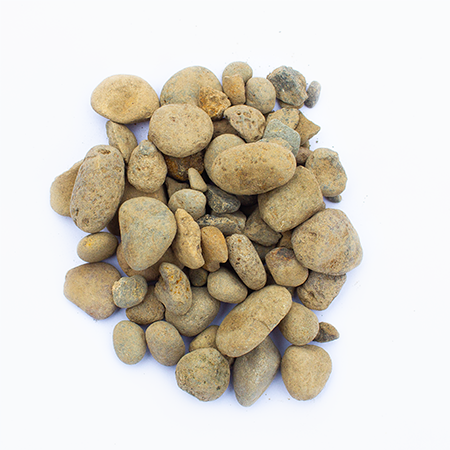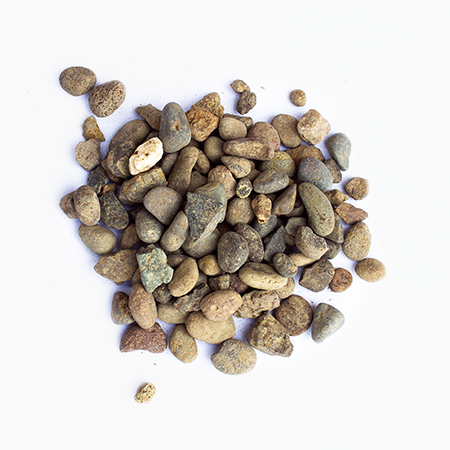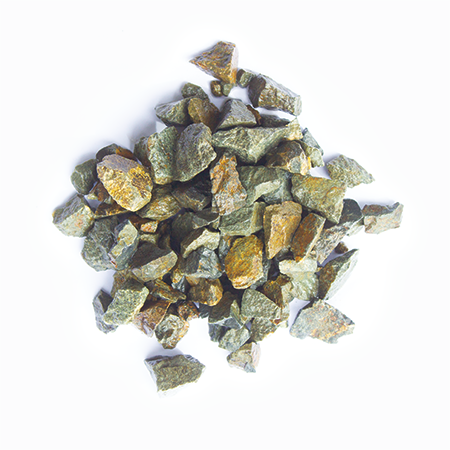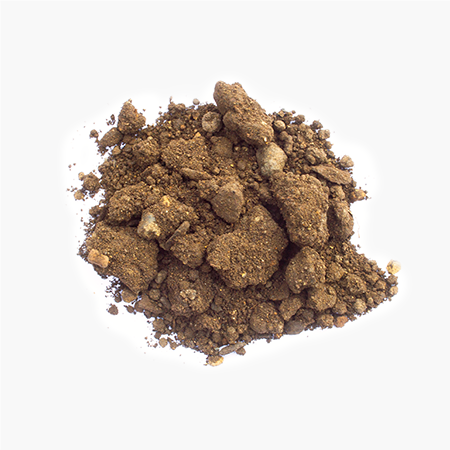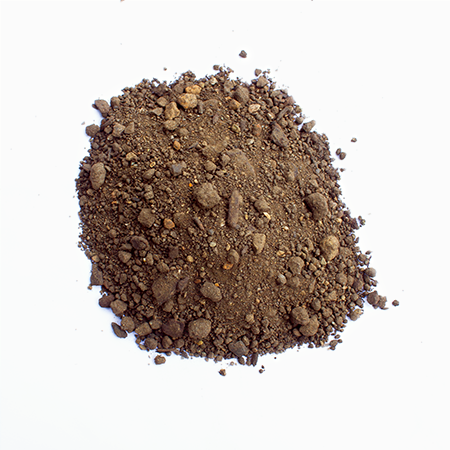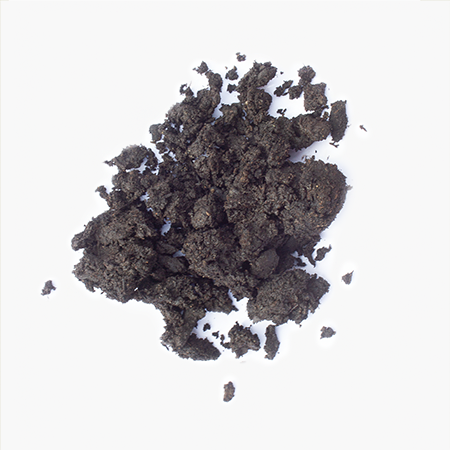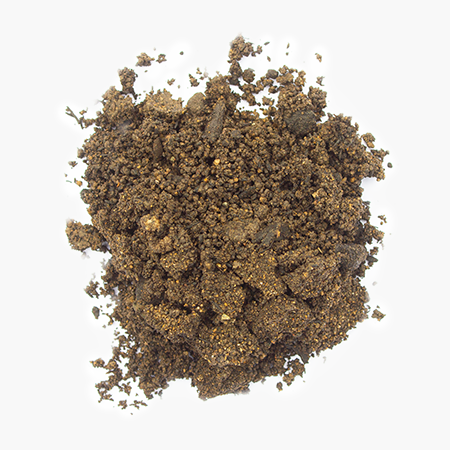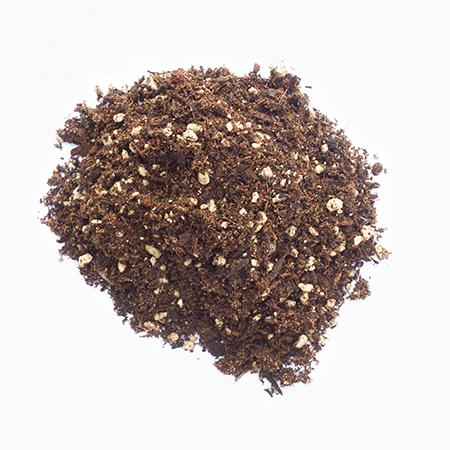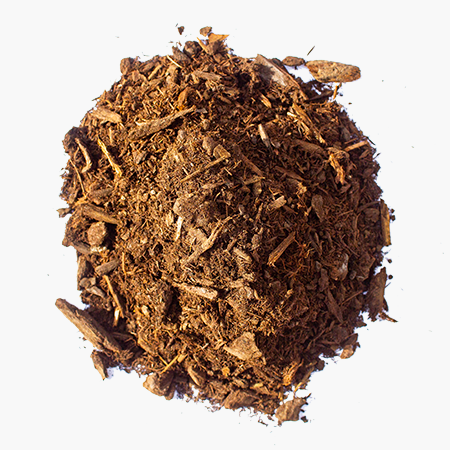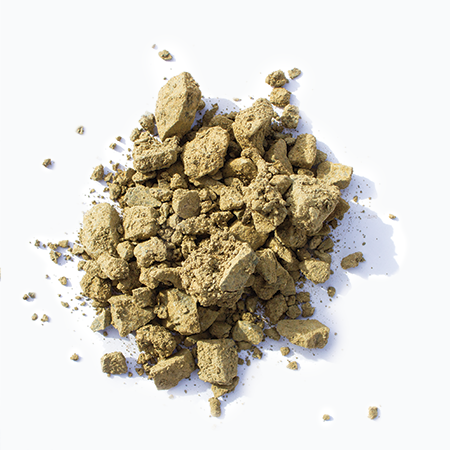Common Landscape Materials
Below we have provided simple definitions and uses for some of our most popular landscape materials. We believe that an educated customer is the best customer. Take a moment to review some of our offerings and give us a call or fill out the form on this page for more information.
3/4 Round Rock
Beautiful, colorful river stones at an average of 3/4 of an inch. 3/4″ Round River rocks are an excellent coverage for dry-scaping, a popular drought tolerant landscaping practice. 3/4″ Round River Rock is best applied at at least 2″ deep for proper coverage and durability.
Pea Gravel
Pea gravel is naturally rounded by natures elements and exhibit beautiful colors. Pea gravel is a very popular hardscape material. It is commonly used for pathways to relieve grass pressure by orienting people to proper walkways and paths.
3/4 Minus Rock
3/4″ crushed, blueish rocks that are typically used as a base material for asphalt, concrete, pavers and retaining walls. 3/4″ minus rock is a great option when the rock layer must be compressed. Makes a great driveway gravel.
Fill Dirt
Fill dirt is comprised of rocks, sand and clay. This base material does not provide a healthy environment for plants, as it contains no organic matter, humus or microbes.
Topsoil
Topsoil contains the same base components as fill dirt, but with decomposing bark, wood and leaves. Topsoil CAN be used to grow plants but is not advised, as the amount of decomposed/decomposing organic matter ratios are off and microbial life is low due to the permeability and pooling of the material. Topsoil is best used for ornamental trees and bushes as these plants require a different soil biome than vegetables.
Aged Forest Humus
Humus is decomposed organic matter. Organic matter to sand/silt/clay ratio must be in balance in order to grow healthy plants and vegetables. Humus can be added to sand/silt/clay based soils to repair the soil and build a healthy soil biome for microorganisms that will continue to create more humus from breaking down organic matter. Humus is a key component in living soil and the soil food web.
70/30 Topsoil/Humus Mix
To facilitate the growth of trees and bushes, we provide our 70/30 mix. By adding more humus (Decomposed organic matter) soil biology, particularly fungi will thrive and help feed tress and bushes the nutrients they need directly from the soil with no need to add chemical fertilizers.
Garden Soil Blend
Our garden soil blend is designed to grow crops. It is comprised of humus, pumice, peat, aged forest product and a light nutrient charge. It’s an affordable base soil for filling garden beds. Fill beds or pots and plant. Add some microbes, mulch/cover crop and you can begin to build the soil food web and living soil.
Fine and Nugget Bark
Bark mulch is often the waste material from sawmills and furniture manufacturers. rather than discard this material, it is offered at low cost for many purposes. Orchid growers use fine bark as a growing medium. Quality soil can be made using bark fines as a carbon source and microbe food and habitat. Larger bark, like our 3/4″ Nugget bark and our 1 1/2″ Nugget bark are great for decorative mulch and pathways.
(Fine Bark Pictured Below)
Decomposed Granite
When compacted, decomposed granite will almost perform like concrete. ideal for pathways with heavy foot or light vehicle traffic. It packs well yet allows for drainage. Being inexpensive compared to pavers or concrete makes it an ideal material for large areas that need coverage.
